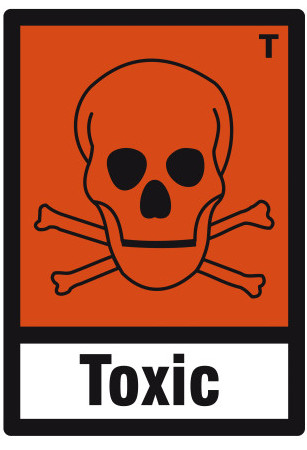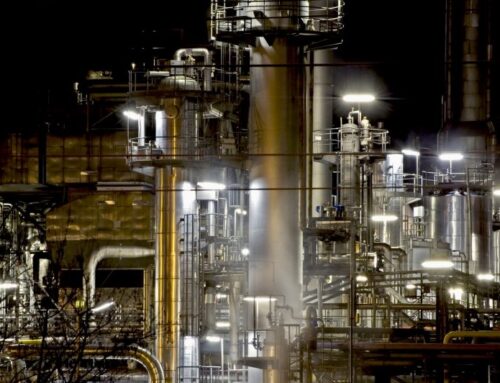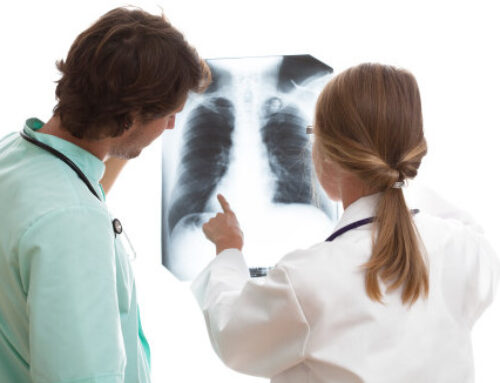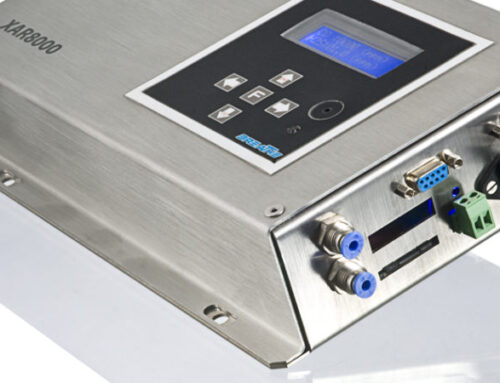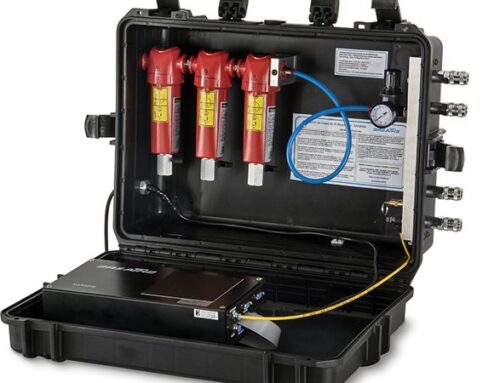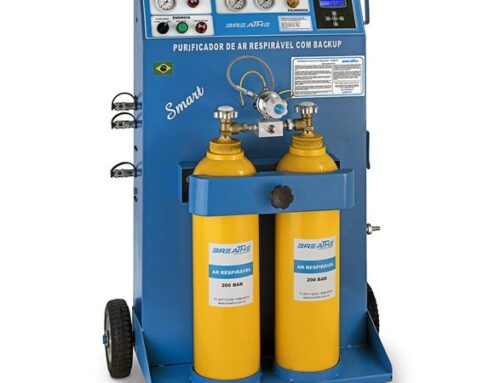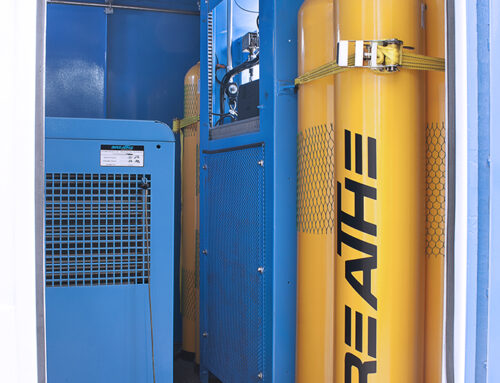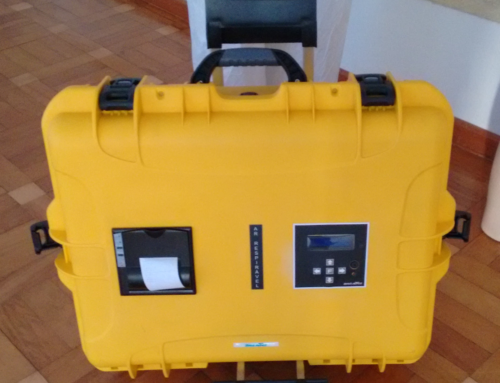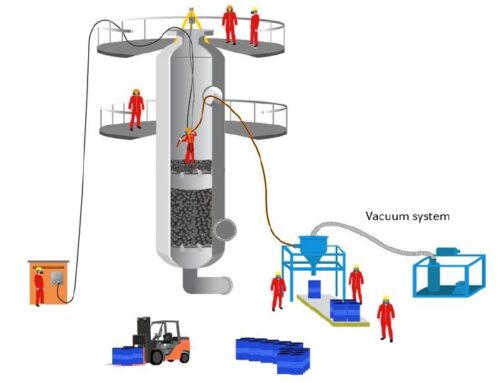Toxic gases in compressed air. Carbon Monoxide – CO
Toxic gases in compressed air. Hemoglobin is made up of complex proteins that attach to iron atoms. The structure of the protein and its iron atom causes oxygen to join the iron atom in a very superficial way. When blood passes through the lungs, the iron atoms in hemoglobin join oxygen atoms. When blood flows through areas of the body with little oxygen, the iron atoms release their oxygen. The difference in the pressure of oxygen in the lungs and in the parts of the body that need oxygen is very small. Hemoglobin is well tuned to absorb and release oxygen only at the right times.
Carbon monoxide, the other hand, binds very strongly to the iron in hemoglobin. When carbon monoxide is trapped, it is very difficult to release. Then, when carbon monoxide is inhaled, it sticks to your hemoglobin and occupies all the binding areas that would be made with oxygen. Over time, your blood loses its ability to carry oxygen and the person suffocates.
Since carbon monoxide bonds very strongly with hemoglobin, you can be poisoned by carbon monoxide – even in very low concentrations – if you are exposed for a long time. Low concentrations of 20 or 30 parts per million (ppm) can be harmful if you are exposed for several hours. Exposure to 2,000 ppm for one hour will result in loss of consciousness.
Toxic gases in compressed air. Effects of CO
Adverse effects on human health: Symptoms depend on the concentration inhaled and the duration of exposure, but the main effects are changes in blood pressure and feeling of suffocation.
Specific hazards: The gas is flammable.
Main Symptoms: All the damages are due to the great reduction of cellular respiration and can include problems in the nervous system, cardiovascular collapse, renal failure, coma, etc.
Exposure to carbon monoxide can cause changes in body temperature, changes in blood pressure, difficulty breathing, disorientation, hallucinations, tremor, hearing loss, vision disorders, suffocation, headache, dizziness, heart palpitations, weakness, confusion and nausea to convulsions, unconsciousness and death.
Inhalation: Remove person to fresh air. If you are not breathing, perform artificial respiration using a manual resuscitation device (ambu), or mouth to mouth breathing. If breathing is difficult, consult a doctor immediately.
Protection for first aid providers: Immediate medical assistance is essential in all cases of severe exposure. Rescue personnel in confined environments must be equipped with self-contained breathing apparatus and aware of the risk of fire and explosion.
COiscolorless, tasteless and odorless. In North America, some state, provincial and municipal governments have statutes requiring the installation of detectors COin buildings between them, the US states in Alaska, Colorado, Connecticut, Florida, Georgia, Illinois, Maryland, Massachusetts, Minnesota, New Jersey, New York, Rhode Island, Texas, Vermont, Virginia, Wisconsin and West Virginia, as well as New York and the Canadian province of Ontario.
HYDROGEN SULPHIDE – H2S
Hydrogen sulfide, m composed of hydrogen and sulfur. This highly poisonous gas smells like rotten eggs, in low concentration. In high concentration it is difficult to smell since the gas takes away the sensory sensitivity of smell. It is colorless, tastes sweet, burns easily, and is soluble in water and various organic compounds (such as alcohol). Hydrogen sulfide is formed by the decomposition of sulfur bearing proteins found in most living matter. The compound also occurs in most volcanic and natural gases, deposits of oil and mineral waters. Its main uses are in the analysis of chemicals and the production of sulfur compounds and antihistamines (combating allergies).
H2S health risks
Adverse effects on human health: Hydrogen sulfide is a strong irritant of the upper and lower respiratory system, but its effects depend on its concentration and duration of exposure.
Specific hazards:Hydrogen sulfide burns over a wide range of flammability with air. It is dangerously reactive when mixed with concentrated nitric acid or other strong oxidizers such as sulfuric acid. The gases ignite spontaneously when mixed with chlorine vapors, oxygen difluoride or nitrogen trifluoride.
SYMPTOMS
Main Symptoms: Hydrogen sulfide can cause a burning sensation, cough, difficult breathing, headache, nausea. Continuous exposure to low concentrations (15 – 20 ppm) usually causes irritation of the mucous membranes and conjunctiva of the eyes.
High concentrations (200 – 300 ppm) can cause breathing difficulties, leading to fainting or coma. Exposure for more than 30 minutes to concentrations over 700 ppm is fatal. Continuous inhalation of low concentrations can cause fatigue of smell, making it difficult to detect its presence by odor.
First Aid Measures: Take the victim to an airy place. Stop the gas source immediately. If the victim is unconscious and no longer breathes, practice artificial respiration or oxygenation. Forward to the nearest medical service taking this form.
Inhalation: Remove person to fresh air. If you are not breathing, perform artificial respiration using a manual resuscitation device (ambu), or mouth to mouth breathing. If breathing is difficult, consult a doctor immediately.
FIRE PREVENTION AND FIGHTING MEASURES
Personal protective equipment. Respiratory protection: Oil-free breathable compressed air line or self-contained breathing apparatus must be available for emergency situations in confined spaces.

